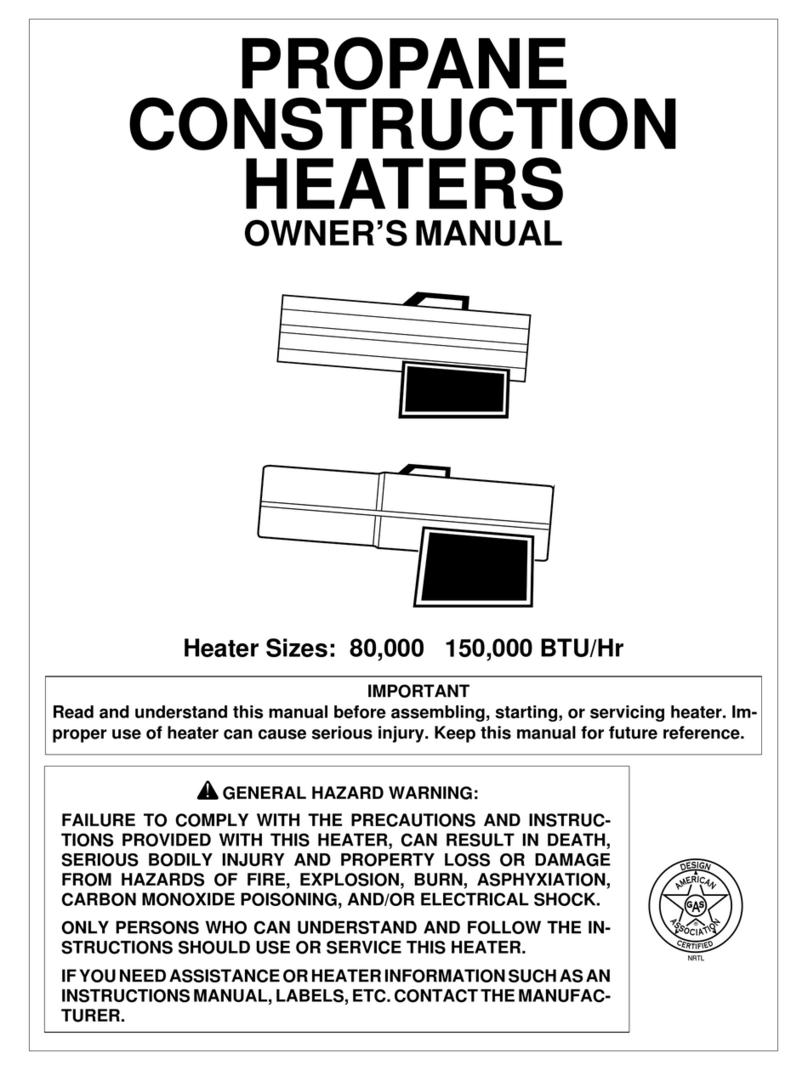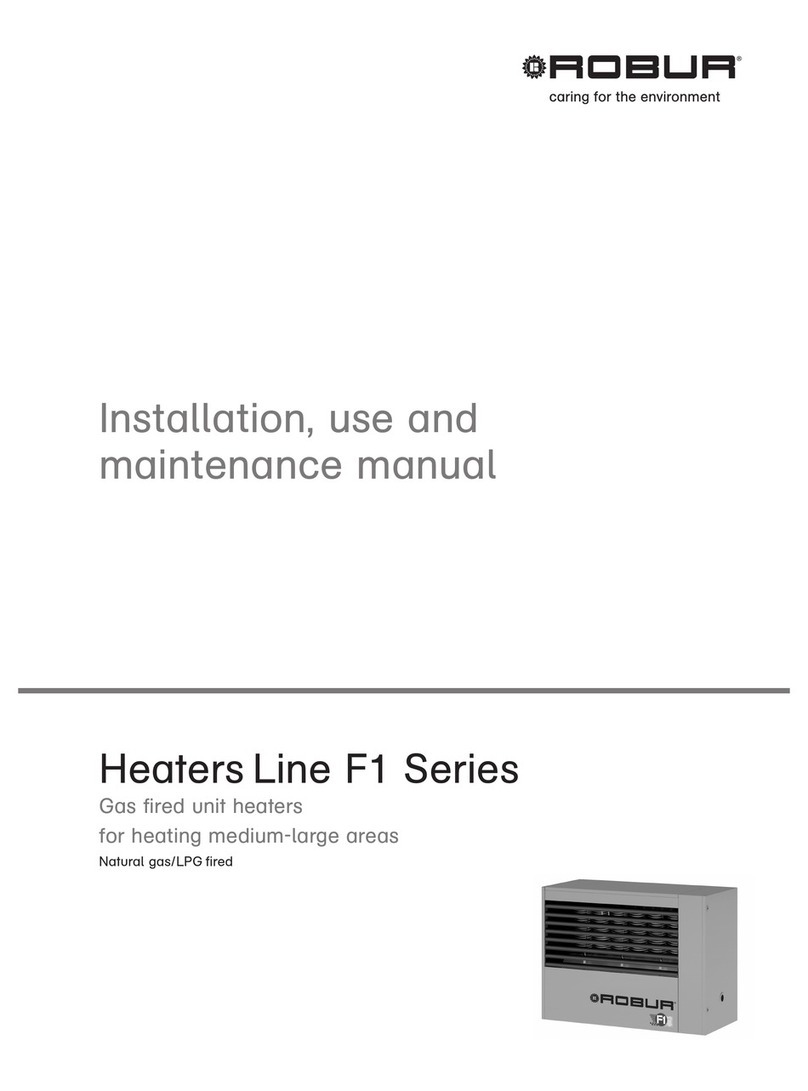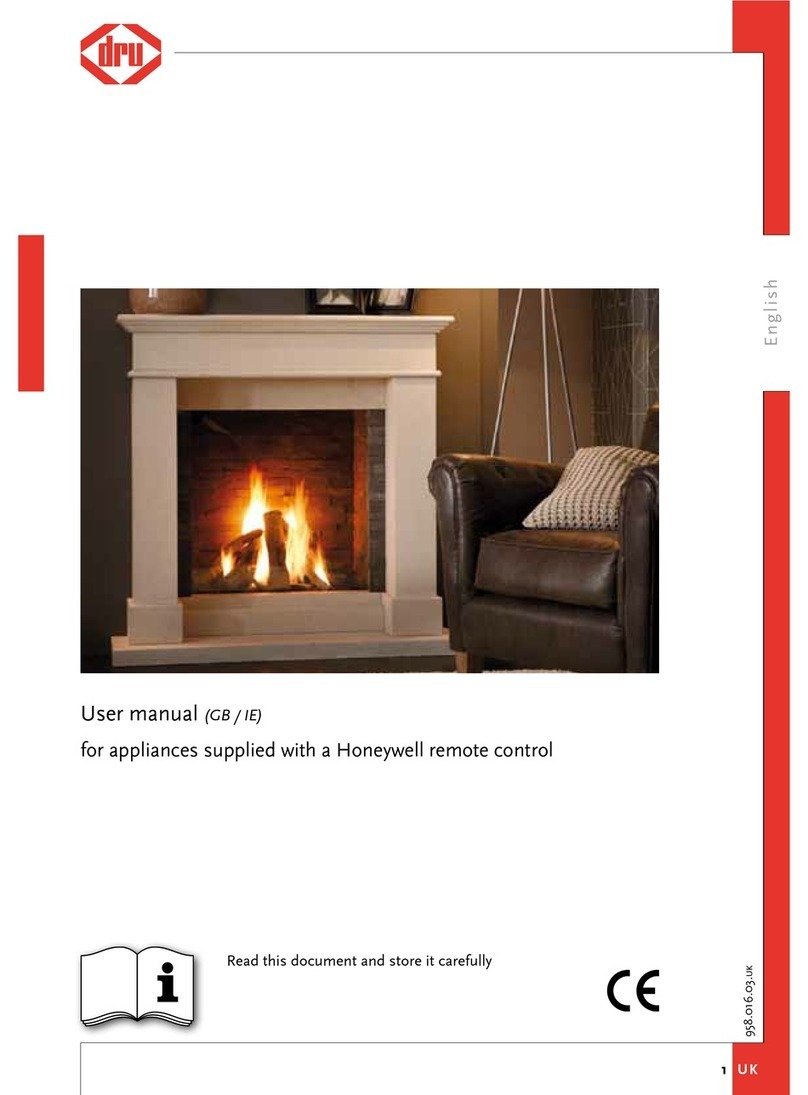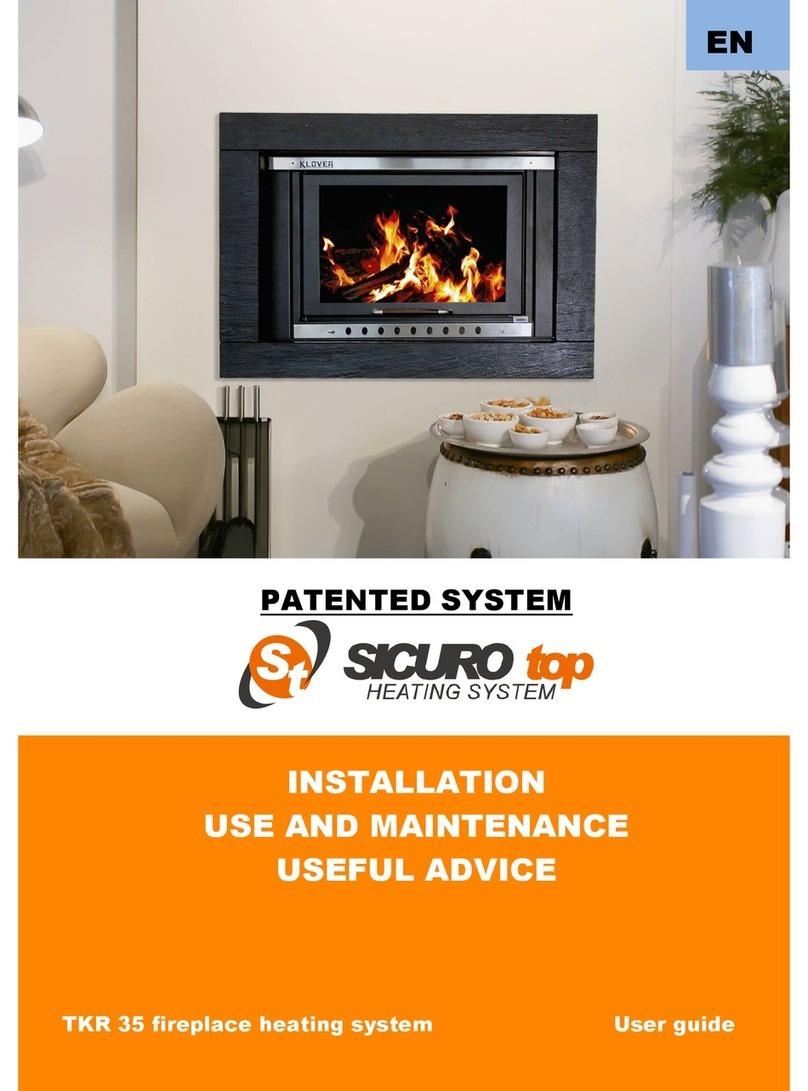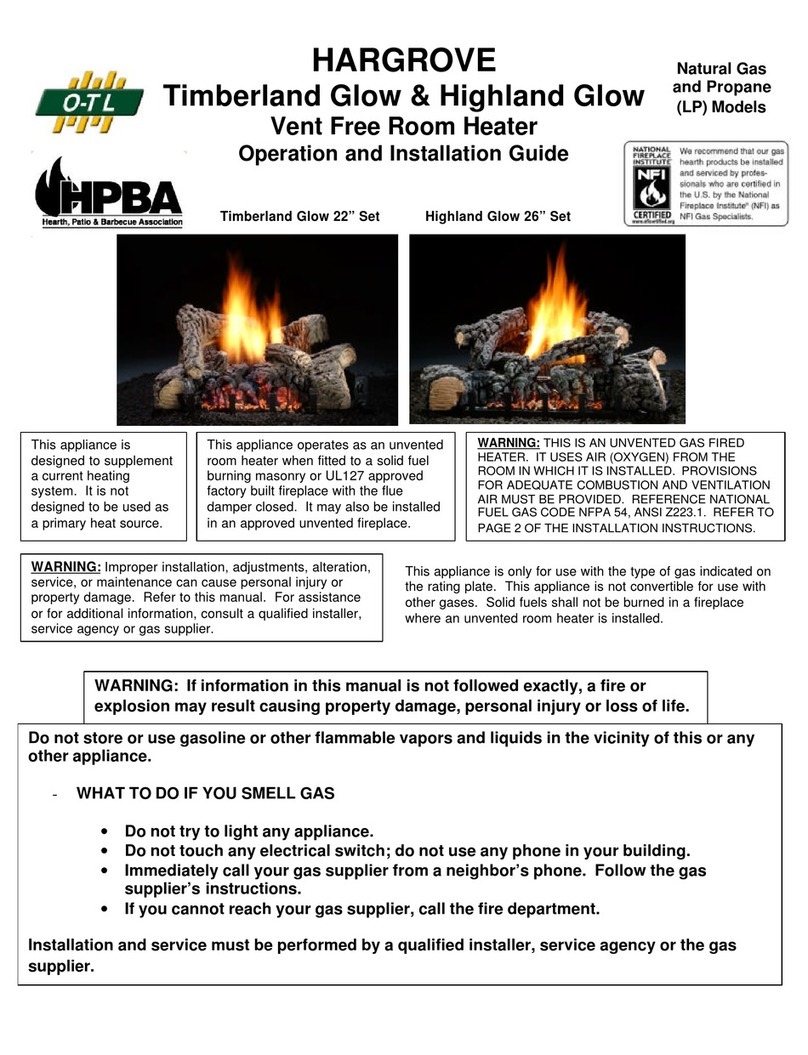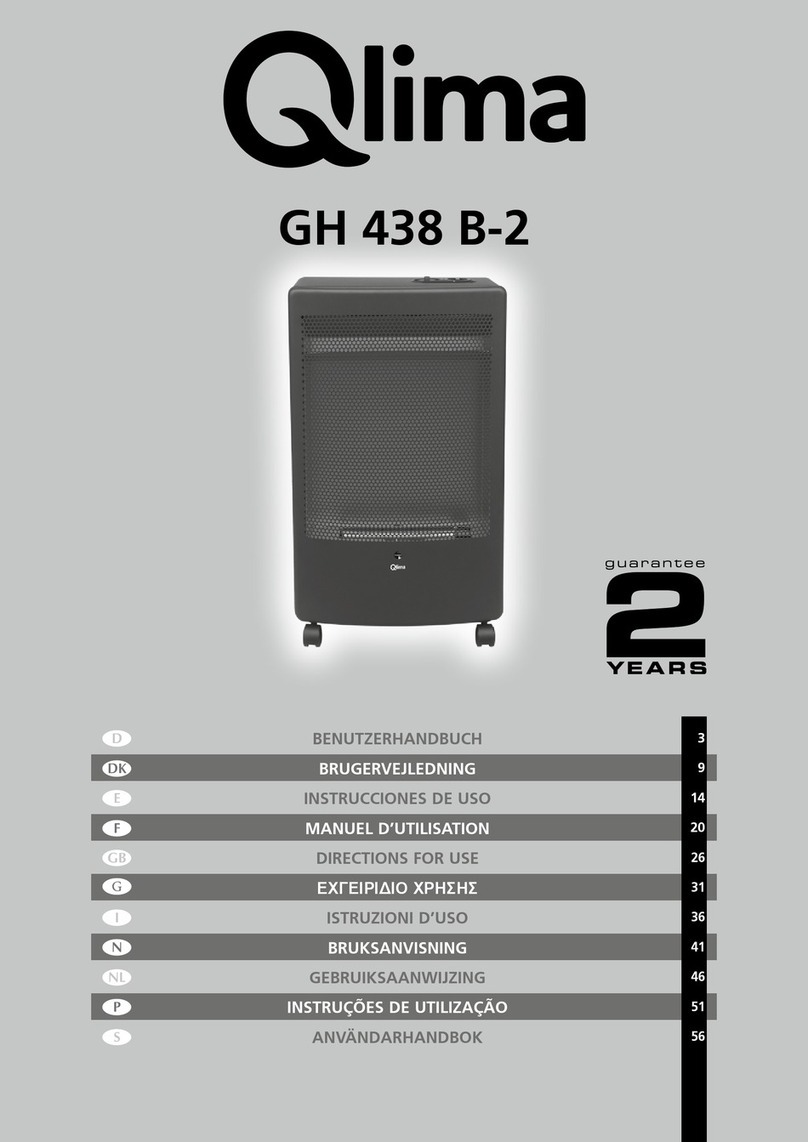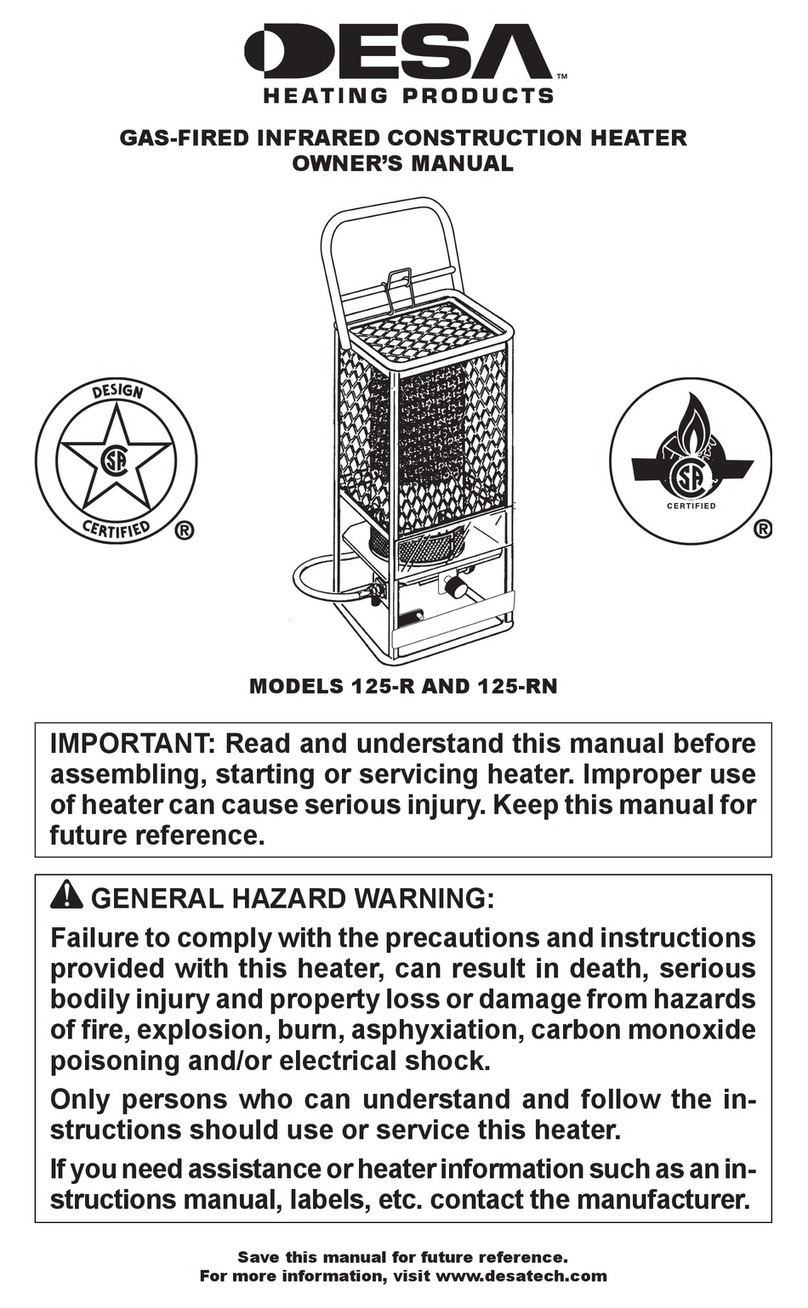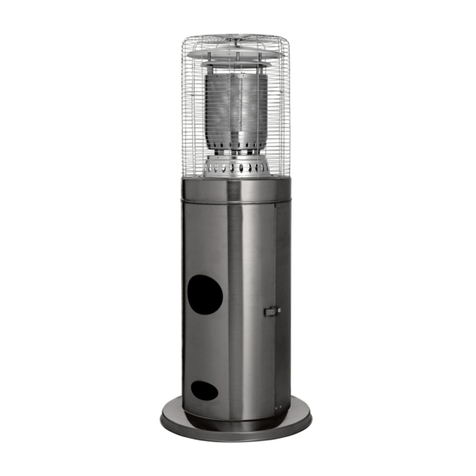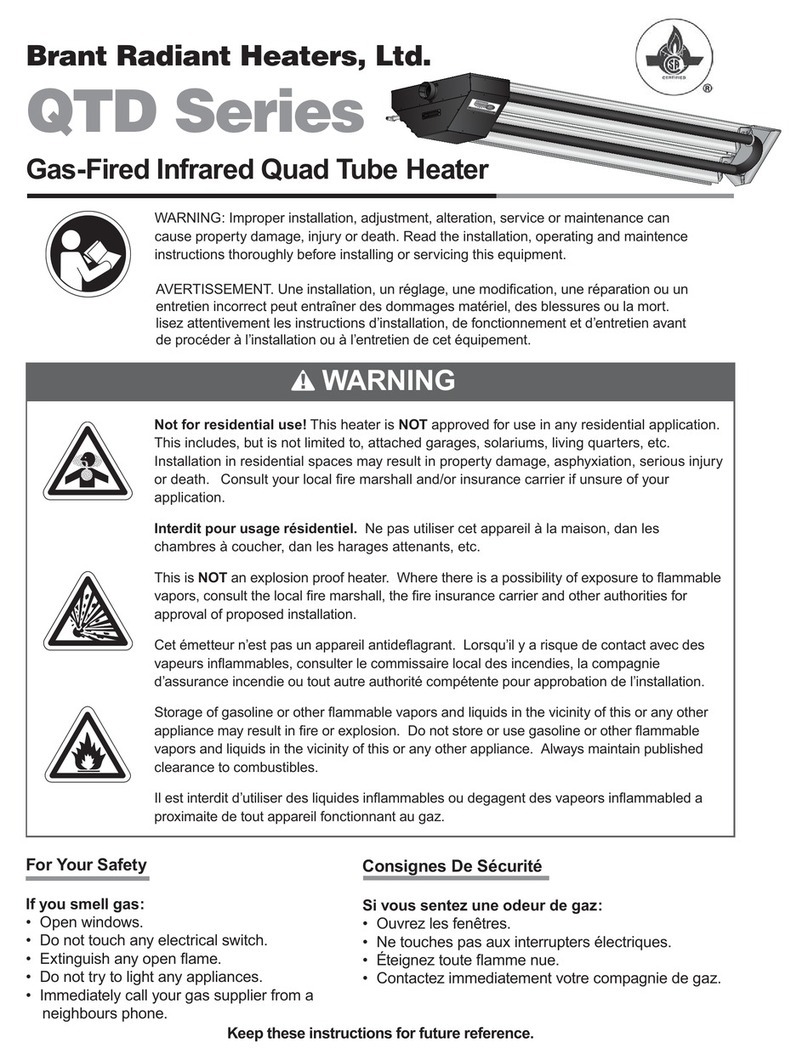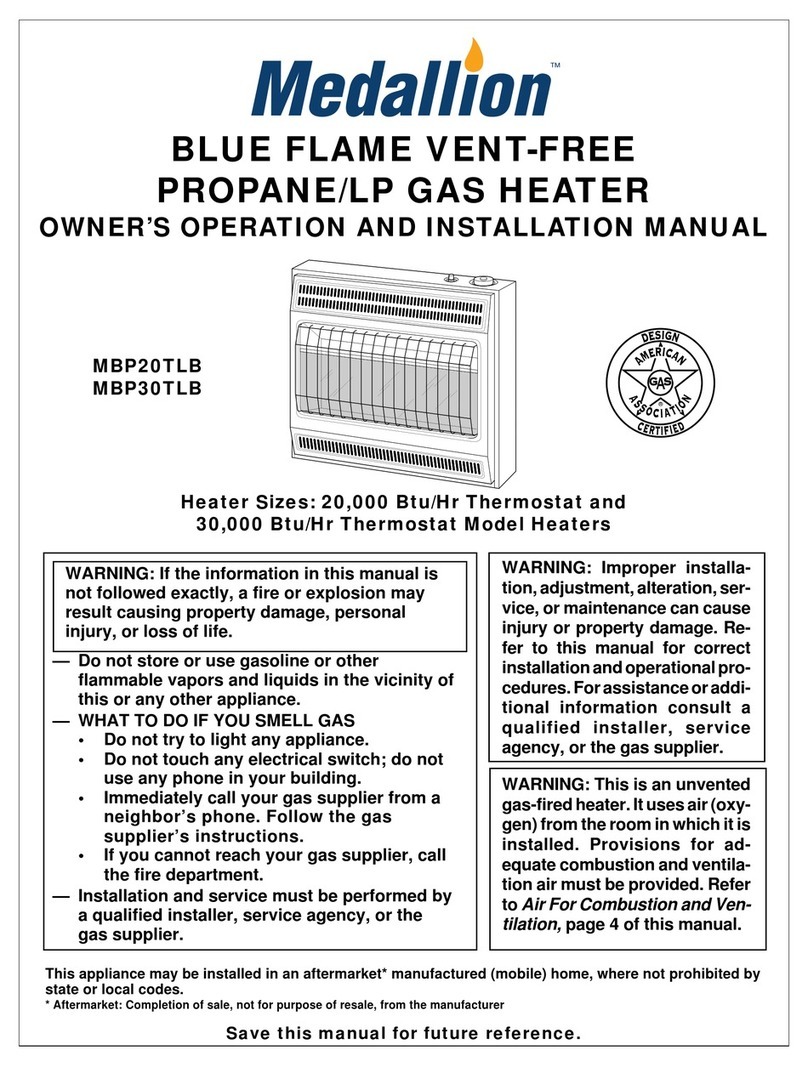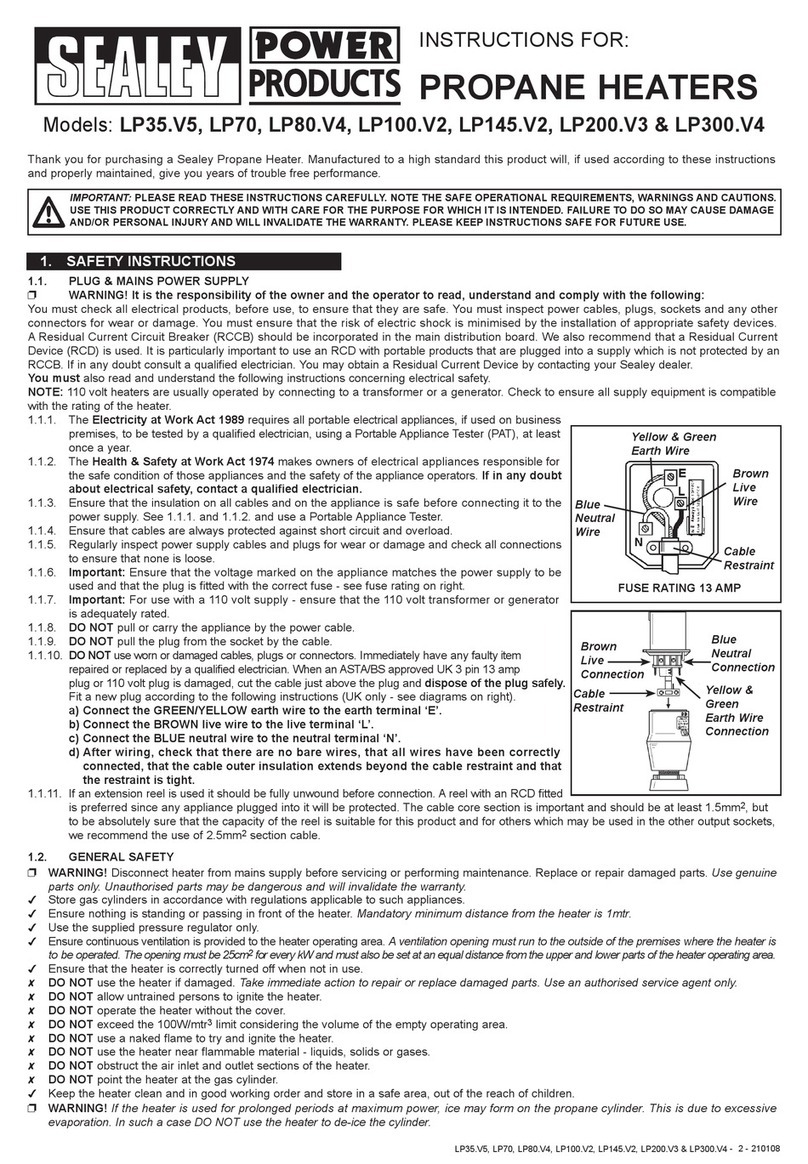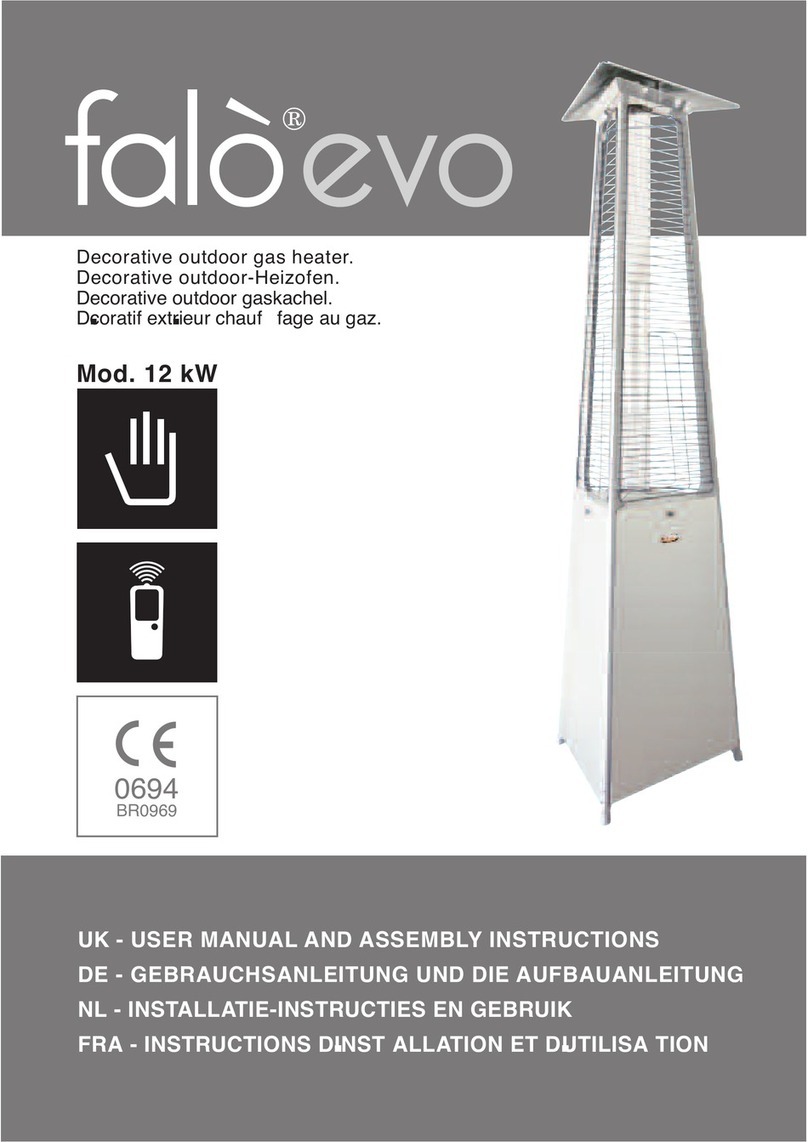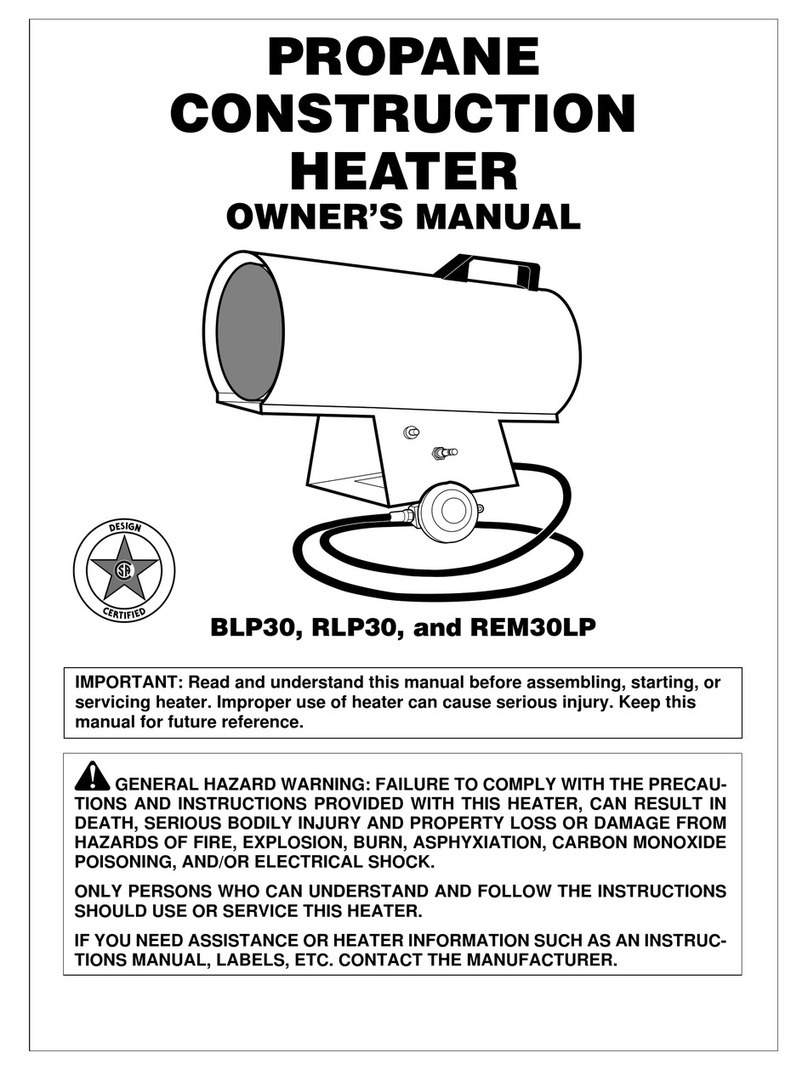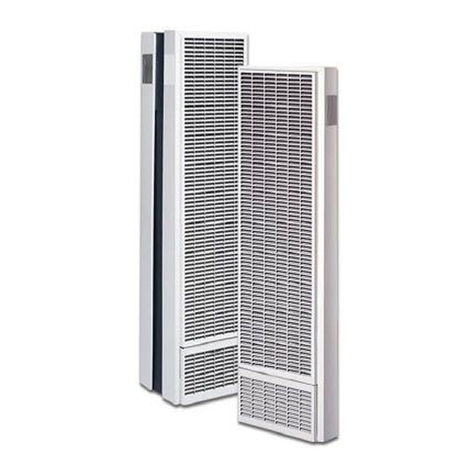CIOTHING
OR OTHER
FLAMMABLE
MATER'AIS
SHOULDNOT
BE PLACED
O'V
OR
NEAR
THEAPPLIANCE.
installation instructions
GAS SPECIFICATIONS
ManifoldPressure
MinimumInletPressure'
Maximumlnlet
Pressure
Fl'UInput
Rating
(Max.)
BTU
Input
Rating
(Min.)
llatural
Gas
3.5"W.C.
5.0"w.c.
10.5"
W.C.
30,000
23,500
Propane/LP
10.0"w.c.
11.0"
WC.
13.0"W.C.
26,000
23,500
'For purpose
ot lnput Mustment.
8.
9.
2. Make
gas
connection
tothe
valve
assembly
with:
l) Blackiron
pipe
ormalleable
ironfittingsor. . .
ll) Acorrugated
metal
connector
(not
toexceed2feet
inlength)
or. . .
lll)
Copper
pipe
ortubing
(internally
tinned)
ifaccep-
tabletotheauthority
having
jurisdiction.
Turn
gas
supply
onand
checkforleaks.DONOfUSE
OPENFLAME.
Usesoapand
watersolution.
Forcorrect
positioning
oflogs
onthe
grate,
referto
SET
ASSEMBLY.
lnstallationand
provision
for
combustion
and
ventila-
tionairmust
conlorm
withlocal
codeso[ inabsence
of
local
codes,
with
theNational
FuelGasCode,ANSI
Z,223|l
- latest
edition
- in the UnitedStates
or,in
Canada,with
the
currentCAN/CGA
-Bl49.lnstallation
Code.
CLEARANCE
TO
COMBUSTIBLES
Ceiling
Height Minimum
= 24"
Sides Minimum
= 8"
Front Minimum
= 36"
Back
ofStove Minimum
= 9"
Keepoperatingarea
clear
and
freelromcombustible
materials,
gasoline,
andother
llammable
liquids
and
vapours.
Theapplianceand
its
individual
shutoff
valve
mustbe
disconnectedfromthe
gas
supply
piping
systemduring
any
pressure
testing
ofthe
systemattest
pressures
in
excess
of 1/2
psig(3.5
kPa.)
The
appliance
muslbe
isolated
fromthe
gas
supply
pip
ing
by
closingitsindividual
manual
shut
otf
valve
dur-
ing
any
pressure
testing
ofthe
gas
supply
piping
systom
attest
pressure
equalto
or
lessthan
112
psig
(35
kPa.).
A 1/8"inch
N.Hl-.
plugged
tapping,
accessiblefor
test
gauge connection
must be provided
immediately
upstream
ofthe
gas
supplyconnection
totheappliance.
Agas
appliancemust
notbeconnected
toachimney
llueserving
a soparate
solid
fuelburningappliance.
DUE
TOHIGHTEMPERATURES,
THEAPPLIANCE
SHOULD
BELOCATEDOUT
OFTRAFFICAND
AWAY
FROMFURNITURE
ANDDBAPERIES.
The
appliance,
wheninstalled
must
beelectrically
connected
and
grounded
in accordance
withlocal
codesor,intheabsence
of local
codes,
with
the
current
C9{ C22-1
Canadian
ElectricC'ode
(Canada)
or
theNational
Electrical
codeANSI/NFPA
TGlatest
edition
DO NOT
USElfits heaterlf any paft has
been underwater.lmmedlatelycalla
qualtfled
serylcetechnlclanto inspect
lhe fieater andto replaceanypartof the
control system and any gas control
whlch hasbeen under waten
CH'LDREN
ANDADULTS
SHOUTD
BE ALERTED
TOTHEHATARDSOF HIGHSURFACE
TEMPENNURE
AND
SHOUTD
STAY
AWAYTOAVOID
BUR'VS
OR CI.OTHING
'G'V'T'O'V.
please
note
It
isnormalforyour
Century
Heatingfireplace
togive
otfsomeodourthefirsttlme
itisburned.
This
is
due
tothecuring
ofthe
paint
and
anyundetected
ollfrom
themanufacturing
process.
Please
ensure
that
your
roomiswellventllatqd
-open
atlwindows.
ITIS
IMPEBATIVE
THAT
THECONTROL
COMPARITUENT
BURNER,ANDCTRCULATINGAIBPASSAGE
WAYS
BE
KEPT
CLEAN
AND
CLEAR.
PROVTDEFOR
ADEOUATE
COMBUSTION
ANDVENTILATIONAIR.
PROVIDE
ADEOI'ATE
CLEARANCES
AROUNDAIR OPENINGS
ANDADEOUATEACCESSIBILITY
CLEARANCE
FOR
SERI/ICE
ANDPROPER
OPERATTON.NEVER
OBSTRUCTTHE
FRONT
OPENINGOFTHE
APPLTANCEOR
THE
DIRECT
VENT
TERi'INATION
ON
THEEXTERIOR
OFTHE
BUILDING.
7
